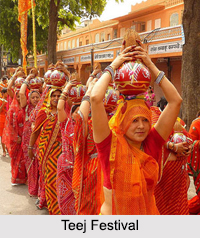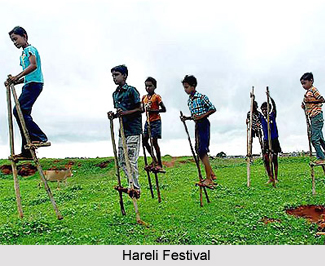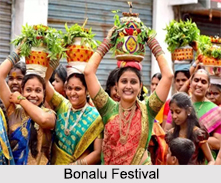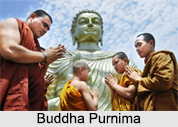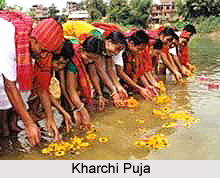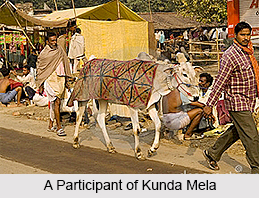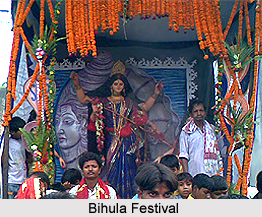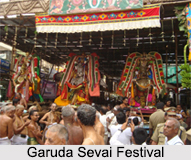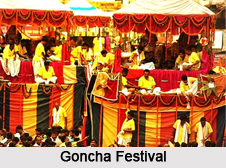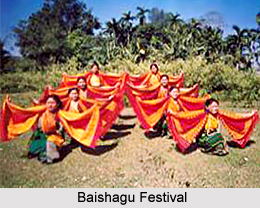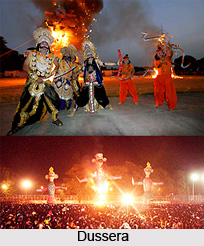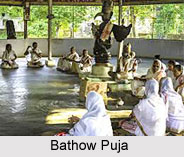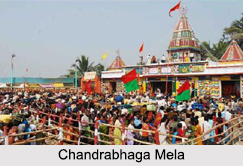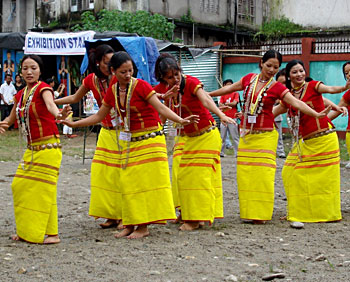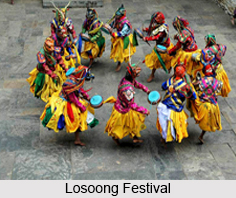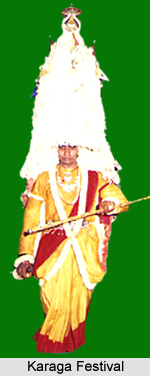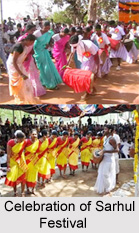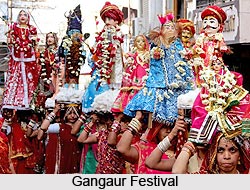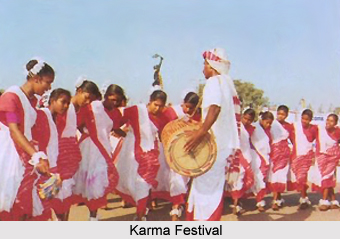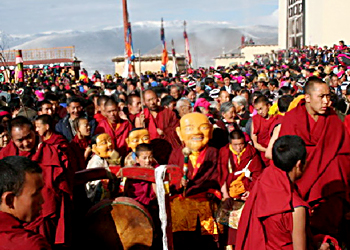 Lossar is celebrated as the New Year festival of Tibetans, chiefly in the district of Lahaul in Himachal Pradesh. This festival in the valley depicts the start of the winter season and the same is observed in the first month of the Tibetan calendar, which falls generally between the middle parts of the month of November and the first week of December. The local deity is prayed in this festival accompanied by ritual dances and rich imagery which forms its major attractions. There is a saying that the festival of Lossar got its origin from Tibet"s pre-Buddhist period, when the religion of the country was Bon.
Lossar is celebrated as the New Year festival of Tibetans, chiefly in the district of Lahaul in Himachal Pradesh. This festival in the valley depicts the start of the winter season and the same is observed in the first month of the Tibetan calendar, which falls generally between the middle parts of the month of November and the first week of December. The local deity is prayed in this festival accompanied by ritual dances and rich imagery which forms its major attractions. There is a saying that the festival of Lossar got its origin from Tibet"s pre-Buddhist period, when the religion of the country was Bon.
The festival of Lossar is celebrated for a period of 15 days, with the chief celebrations taking place on the first three days. A beverage is made from chhaang (a Tibetan cousin of beer) on the first day of Lossar, which is known as changkol. The second day is called King`s Lossar or gyalpo Lossar. Lossar is conventionally preceded by the practice of Vajrakilaya for five days. Even if the festival falls on the same day with the Chinese New Year, it is usually not considered to be connected culturally to that holiday. Lossar is connected more culturally to the Mongolian festival of Tsagaan Sar than to the Chinese New Year festivity.
This festival is also celebrated in Bhutan. The Nepalese New Year is regarded as either Lossar or Lhochaar and it is observed by the Tamang, Sherpa and Gurung people, who calculate their age by counting Lho. The festival of Lossar precedes Buddhism in Tibet and the same traces back to the pre-Buddhist Bon period. In the primitive tradition of Bon, a spiritual ceremony was organized every winter, wherein people offered huge amount of incense to satisfy the local deities, spirits and protectors. Later it emerged as a grand annual Buddhist festival and there is a belief that the festival got originated in the reign of the ninth King of Tibet, Pude Gungyal. It is also said that this festival started when an old woman by the name of Belma commenced time measurement with regard to the different phases of the moon. It took place at the time of the flowering of apricot trees of the Lhokha Yarla Shampo region in the season of autumn, and it probably have been the first hoisting of what it later became the traditional festival of the farmers. In this period the arts of irrigation, cultivation, refining iron from ore and construction of bridges took place in Tibet. The ceremonies instituted to commemorate the introduction of new capabilities can be acknowledged as the forerunners of the festival of Lossar. Afterwards, when the basics of astrology, founded on the five elements, were launched in Tibet, this festival of farmers became the Lossar or New Year festival.
The festival of Lossar is also elegantly celebrated in India across the Himalayas, especially in those areas where there is a substantial concentration of Buddhist population. Some of the states of India where this festival is celebrated with much enthusiasm are, Sikkim, Arunachal Pradesh, Himachal Pradesh and parts of Ladakh in Kashmir. Tawang"s Monpa tribe and the Memba of the Mechukha valley in the state of Arunachal observe Lossar festival. It is a strange observation that the Memba of Mechukha commemorates the festival of Lossar one month prior to the other celebration of Lossar by other people.
